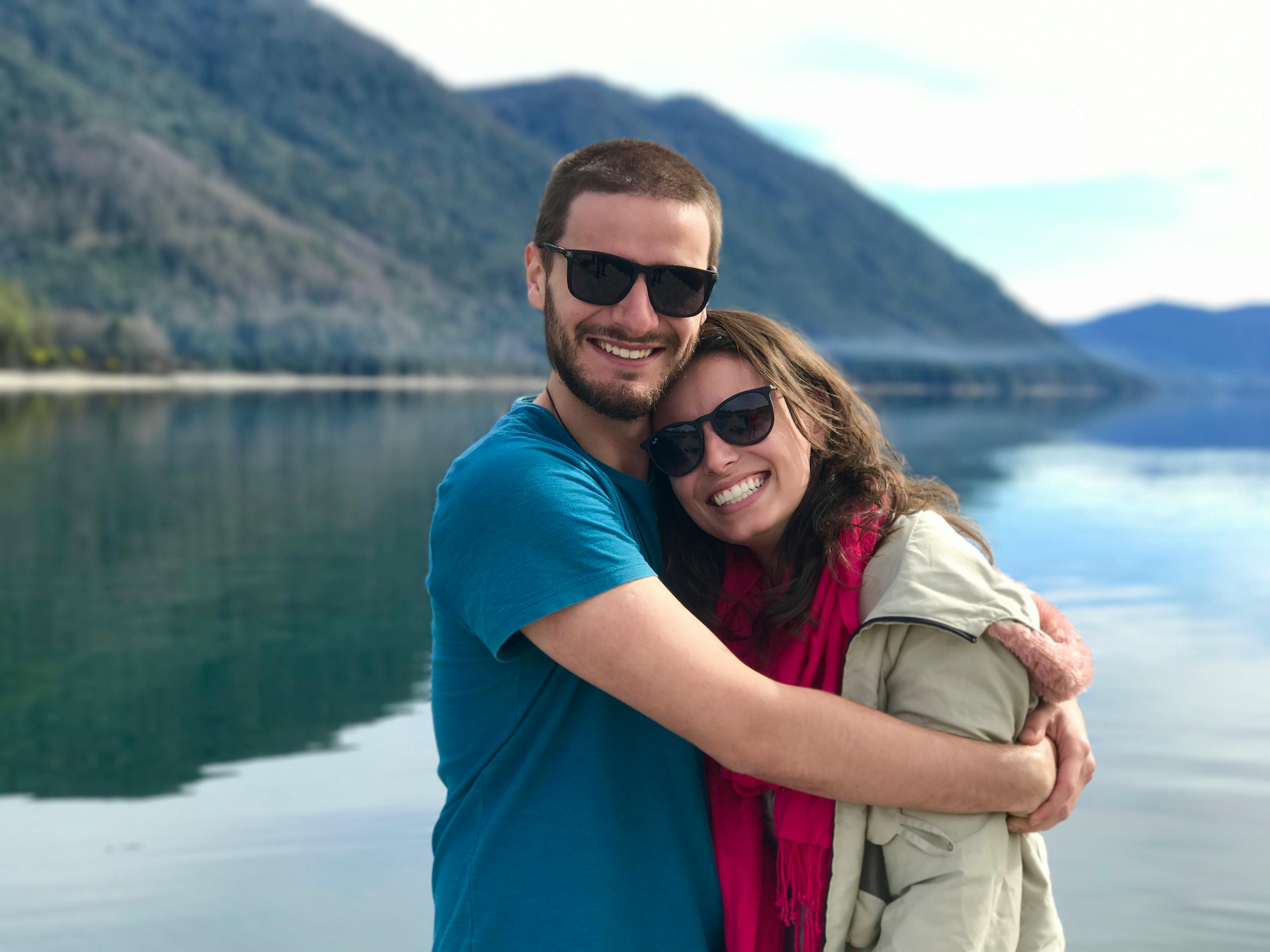Classroom Activities for Young ESL Learners
The brain likes to learn little by little. Young children have short attention spans. Put these two thoughts together and add the fact that learning a new language is not an easy task. Therefore, an ESL (English as a Second Language) teacher has a daunting task to keep young students interested, awake, and motivated to learn.
My young students are between the ages of 5 and 14 and my classes last two to three hours. Preparing interesting and relevant lessons is a constant challenge. Working from a textbook is a good place to start. Texts for young children usually offer some good activities, but I think I have to supplement them. For one, the texts are often designed for a multilingual class of immigrant children learning in a new English environment, such as Canada, England, the US, or Australia. In my case, I live and teach in Thailand, so almost all my students are Thai and many of the texts mean nothing. For example, you have to change dialogues like “Good morning, José. How are you, Aziz?”. Foods such as ‘eggs and bacon’, ‘roast beef and Yorkshire pudding’ or ‘ham and pea soup’ are unknown and without meaning to Thai children. I often end up writing my own short dialogues with local names and familiar foods, places, etc. The key is to make the learning relevant, especially with young learners. If you don’t, you quickly lose the boredom.
Every fifteen or twenty minutes, I try to change activities, eliminating the most difficult things first (grammar, spelling, phonetics, etc.). Children know that if they are dedicated to learning at the beginning of the lesson, they will be rewarded later with some fun activities. But, even difficult things can be lightened. For tweens, I live a series called “The Grammar Lab.” It centers on an imaginary group of strange and definitely eccentric characters: Splodge, Ruff and Tumble, Mo and Snapper, Mabel and Mildred. I have even used parts of the texts with some of my adult classes.
Students engage with visual stimulation and I like to engage them in learning activities instead of standing at the front of the room and teaching them. I welcome the little ones by drawing pictures of words that begin with a specific letter. I use the great phonetic stuff of and . They like to color, so I try to make this an educational activity, like coloring numbers, shapes, letters, or pictures with easy captions.
Simon Says is very popular with my young classes. I use it to teach actions: stand up, sit down, touch your nose, turn left, for example, we often end a class with five minutes of Simon Says.
Board games like Concentration are fun. Instead of matching pictures, sometimes students have to match a picture with a word. This is good for vocabulary building.
The Neverending Story is one I use often. With about fifteen minutes to go, I’ll start by writing on the board “Something funny happened to me on Saturday.” Then I give the whiteboard marker to a student to write the next sentence. Students delight in creating their own story and writing in characters and situations. I use it to teach descriptive adjectives, pronouns, and other grammar points.
Another good vocabulary builder is ‘Categories’. I write 30-36 words at one end of the board and five or six categories like Office, Water, Colors, School, Hospital or Work. Students have to go up to the board and place each word one by one under the correct category heading.
I add a twist to Snakes and Ladders by asking students to use a word or phrase before moving on.
Because the brain learns best in small doses, switching up activities regularly is how I keep my students as interested as possible. Learning should be fun and it’s up to the teacher to make it happen. If you have the opportunity to try some of these activities in your classroom, I would be interested to hear from you how they were received. Email me at [email protected] If you would like a copy of my “Introduction to Teaching Abroad” eBook, please contact me at [email protected]
Dr Roberto Taylor
